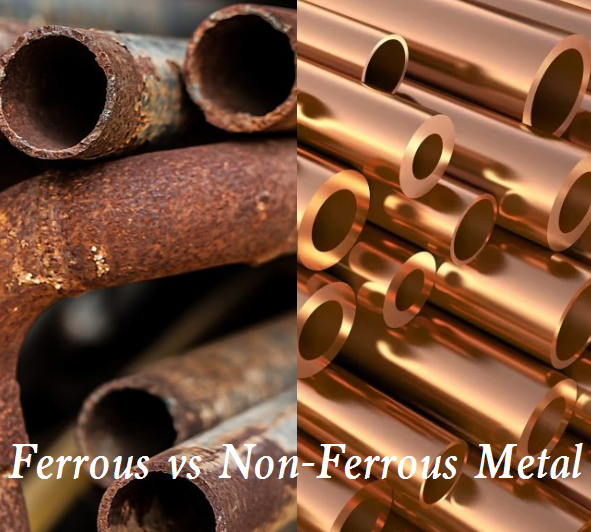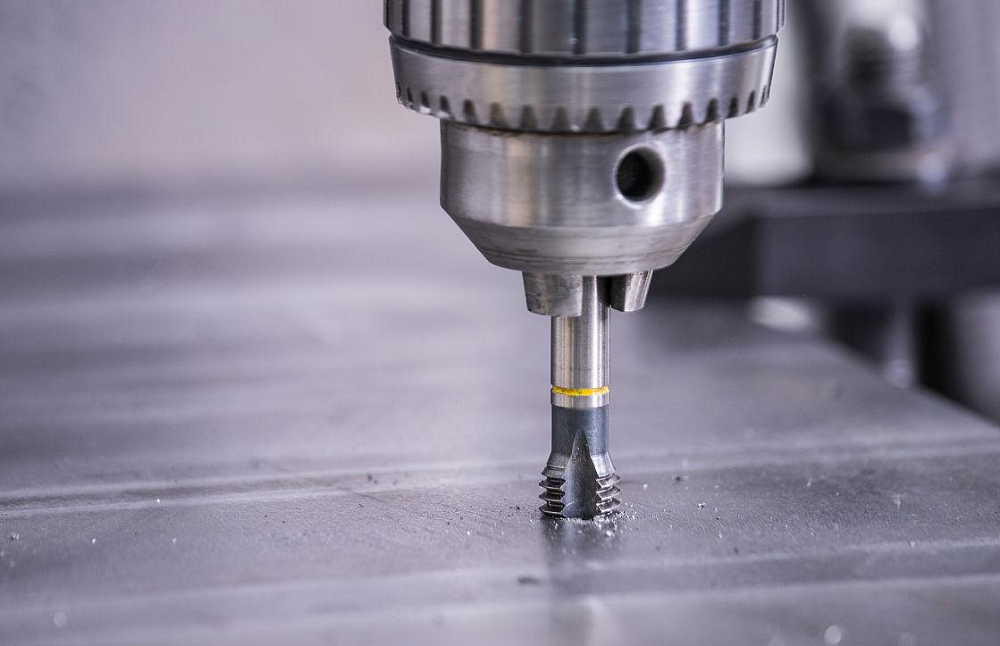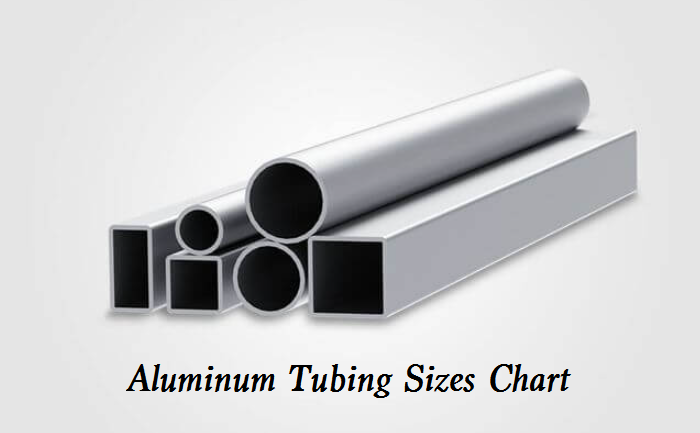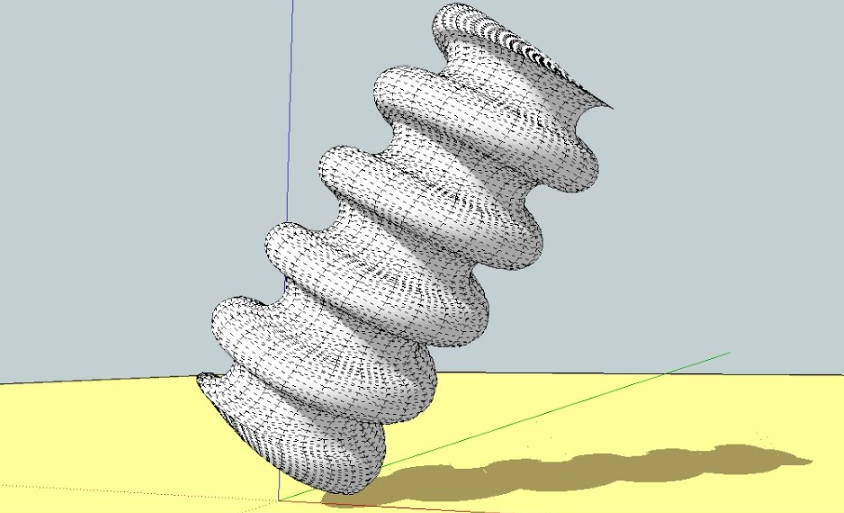-
 2025.9.11
2025.9.11One of the most basic metal classification methods is to determine whether it is ferrous or non-ferrous. In this article, let’s understand what ferrous and non-ferrous metal materials are, as well as their properties, examples, uses, and differences. What Are Ferrous Metals? Ferrous metals are defined as metals with a high proportion of iron in their composition. The term “ferrous” comes from the Latin word ferrum, meaning iron. Because iron is magnetic, ferrous metals can also be attracted by magnets. This type of material is also well-known for its strength, hardn......
-
 2025.9.8
2025.9.8Tapping, as a method for thread machining, mainly relies on the use of a tap. The process is similar to traditional methods, with the key being to ensure that, as the tap feeds in and out, it rotates once and advances by one pitch in the feed direction. Tapping uses the tap to process threads in the workpiece; this process is a type of form tool machining, characterized by high rigidity. The core technology lies in the rotation and feed of the tap, a process precisely controlled by CNC milling machines to guarantee efficient and high-quality production. But how to calculate tapping spee......
-
 2025.8.7
2025.8.7Aluminum tubes are available in various sizes, shapes, and alloys. To select the best option for certain uses, let’s take a closer look at the aluminum tubing sizes (round, square, and rectangular), manufacturing process, materials, uses, and comparison with other tubes. What Is Aluminum Tubing and Its Uses? Aluminum tubing is a type of hollow metal with long, slender shapes made from aluminum, which is one of the most common metals on Earth, and is known for being soft, flexible, and resistant to rust or corrosion because it forms a protective layer on its surface. Aluminum tubes are w......
-
 2025.8.2
2025.8.2Carriage bolts are a common fastener in woodworking and construction. Their unique design and installation advantages make them a practical choice for many projects. This article covers the Carriage bolt definition, available dimensions, grades, mechanical properties, recommended torque, typical uses, and how they compare to lag bolts. What is a Carriage Bolt? A carriage bolt is a type of fastener commonly used in woodworking and construction projects. It features a smooth, rounded head and a flat underside, with a square neck just beneath the head. This unique design allows th......
-
 2025.7.15
2025.7.15A sprocket is a core part for power transmission and chain management in motorcycles, conveyors, and all sorts of machinery. The choice of sprocket affects how your equipment performs, how often you need to service it, and how your chain and drivetrain feel on the road or in the factory. Today’s topic is sprocket catalogue – types, specs (mounting, chain standard, hub, profile, material, and key sizes), uses, customer priorities, and design. What Is a Sprocket? A sprocket is a profiled wheel with teeth that mesh into a chain track or other perforated device in ord......
-
 2025.7.15
2025.7.15The nut in hardware refers to a type of typical fastener that features a threaded hole. What are the different types of nuts to choose from, and what are their applications? In this guide, we’ll get into an in-depth overview of various fastener nuts along with standard nut size charts, metric/imperial dimension standards, and how to use them properly (installation, anti-loosening, torque, etc.). Different Types of Hardware Nuts and Their Uses Hardware or mechanical nuts come in many different shapes and types, each designed for specific uses in machines and structures. Most nuts......
-
 2025.7.8
2025.7.8Among various screw thread forms, knuckle thread is an uncommon type. This article will break down knuckle thread with its shape/form, uses, angle, standard, drawing, and dimensions (pitch & diameter) chart specified by DIN 405 and DIN 20400. What Is a Knuckle Thread? The Knuckle thread, also called round thread or RD thread, is a type of screw thread form known for its smooth, rounded shape. Unlike most threads that have sharp edges, knuckle threads have big, curved crests and roots. This unique design creates plenty of space between the thread parts, which helps dirt, dust, and oth......
-
 2025.7.7
2025.7.7Have you ever wondered how to make sure your screws go in smoothly without damaging the material? That’s where a pilot hole comes into play. Pilot holes are a fundamental part of many manufacturing and assembly processes. They help ensure that parts fit together accurately and securely. When you are working on a woodworking project or assembling complex machinery, drilling an accurate pilot hole for your project can make a significant difference in the quality of your work. So before you drive in the fastener, make sure to know what size pilot hole to have precision holes for your......
- Home
- Machining techniques
- CNC Machining Services
- Cooperative supply services
- Designs
- Materials
- Finishing Services
- Shop
- Products
- Guide
- About Us
- Contact Us

